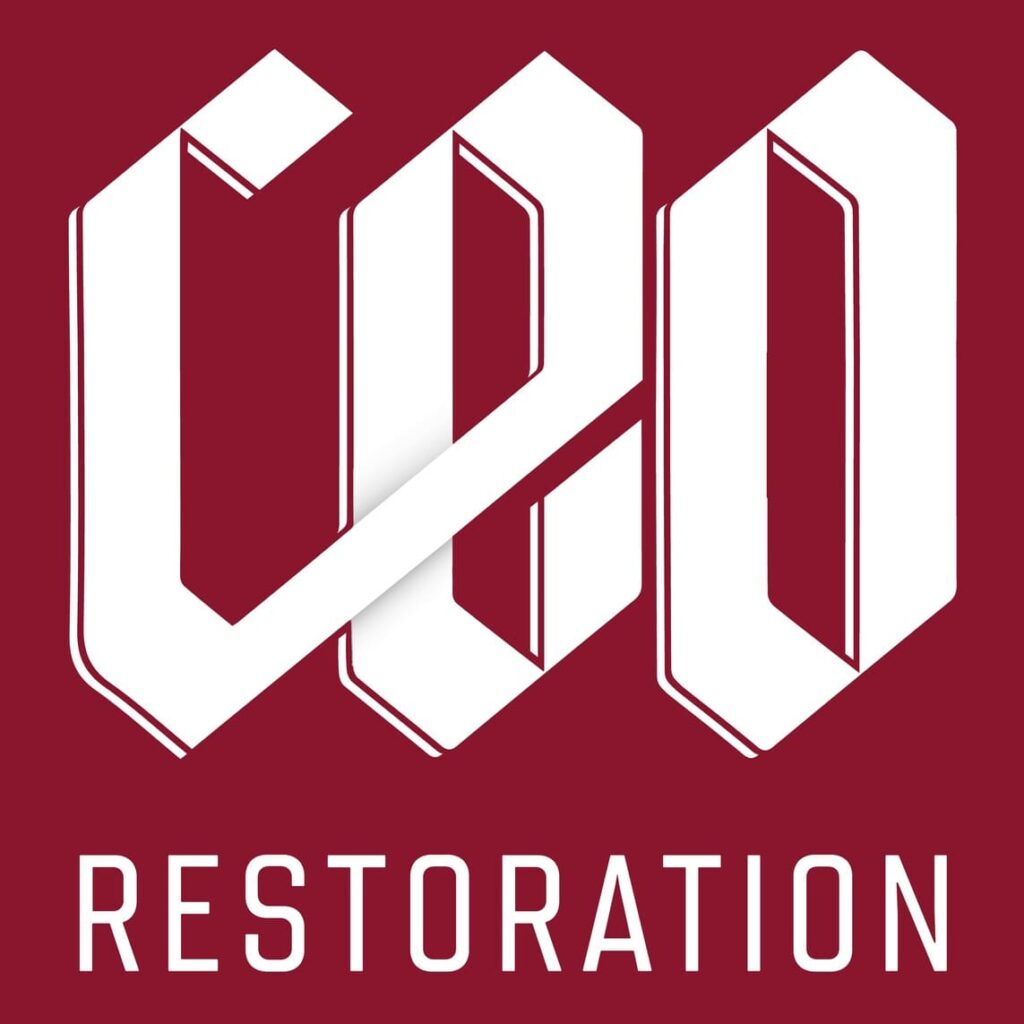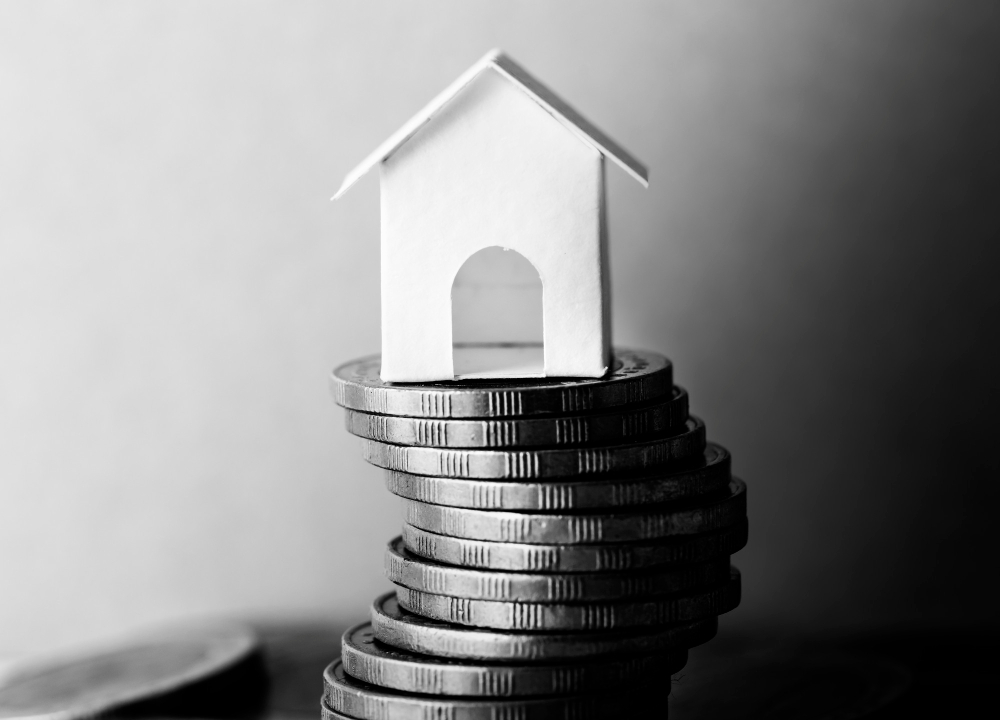Ever bought a loaf of bread, only to find it moldy within a couple of days? That disappointment and the feeling of money going down the drain are somewhat similar to what a homeowner feels when they discover mold in their house. Only, with the latter, the stakes are much higher. The discovery of mold can knock down property values like a house of cards. So what’s the real scoop here? Is mold truly the menace it’s painted to be? What exactly is “The Impact of Mold on Home Value: What You Need to Know”?
Mold: The Unseen Threat
Understanding the relationship between mold and property value begins with understanding mold itself. Mold is a type of fungus that thrives in moist environments, often going unnoticed until it’s a significant problem. It’s notorious for its potential health risks, including allergic reactions and respiratory problems, but it’s also infamous for its impact on property values.
Types of Mold Found in Homes
- Aspergillus: Commonly found in air conditioning systems and can cause respiratory infections.
- Cladosporium: Often found on textiles, wood, and tiles, it can cause skin lesions and lung infections.
- Stachybotrys Chartarum: Known as “black mold,” it can produce toxins leading to severe health issues.
How Does Mold Develop in Homes?
Mold spores are microscopic and drift through the air. When they land on a damp spot, they start to grow. They can develop in places like around leaks in roofs, windows, pipes, or where there’s been flooding. They can grow on a multitude of materials including paper, cardboard, ceiling tiles, and wood. Even everyday dust and dirt in your home can provide suitable food for mold.
Effects of Mold on Property Value
Unwanted mold can be a home seller’s worst nightmare. Not only can it lead to costly remediation bills, but it can also send potential buyers running for the hills.
Buyers’ Perception and Mold Stigma
Mold carries a stigma that could affect a property’s desirability, reducing the pool of interested buyers. People are becoming increasingly educated about the health risks associated with mold exposure, leading many to avoid homes with mold problems, regardless of the price.
Reduced Property Value and High Remediation Costs
Homes infested with mold often see their value reduced significantly. On top of that, the cost of mold remediation can be quite steep, depending on the severity of the mold problem. A mold infestation could knock off anywhere between $5,000 to $30,000 from the value of a property, and that’s before the remediation costs are factored in.
The Cost of Mold Remediation
Getting rid of mold isn’t as simple as scrubbing with a bottle of household cleaner. It often involves professional mold remediation, which comes at a cost.
Cost Breakdown of Mold Remediation
The cost of professional mold remediation varies depending on the size and location of the mold infestation. On average, homeowners may spend between $1,000 to $4,000 on mold remediation. Severe mold damage could cost as much as $6,000 to $20,000.
Hidden Costs of Mold Remediation
Apart from the actual remediation costs, homeowners may also face additional costs. These could include hotel bills if the home is uninhabitable during remediation, the cost of replacing damaged furniture, and the cost of preventive measures to avoid future mold problems.
Mold Inspection: A Crucial Step in Property Valuation
Mold inspection is a critical step when selling or buying a home. A professional mold inspector can uncover hidden mold and provide an estimate for remediation.
What Does a Mold Inspection Involve?
A mold inspection typically involves a visual inspection of the property, moisture measurement, sampling, and laboratory analysis. The aim is to identify whether there is a mold problem, how severe it is, and what caused it.
The Importance of a Mold Inspection Certificate
A mold inspection certificate can be a valuable asset when selling a home. It provides proof that the property has been inspected for mold and found to be mold-free, or that any mold problem has been appropriately remediated. This can boost buyer confidence and potentially the property’s value.
Health Hazards of Mold Exposure
One of the main reasons mold impacts property value so severely is due to the health risks it poses.
Respiratory Problems
Mold exposure can lead to a variety of respiratory problems, from mild allergic reactions like sneezing and coughing to severe conditions like asthma and even lung infections in people with weakened immune systems.
Mold and Mental Health
Some studies have suggested a link between mold exposure and mental health issues. While research is still ongoing, there have been cases of people reporting symptoms like anxiety and depression linked to living in mold-infested homes.
Preventing Mold: Protect Your Home and Your Wallet
Preventing mold infestation can save homeowners the headache of remediation and the pain of a reduced home value.
Effective Moisture Control
The key to preventing mold is controlling moisture. This can be done through proper ventilation, regular inspection of pipes and roofs for leaks, using dehumidifiers in damp areas, and promptly cleaning and drying any areas of the home that get wet.
The Role of Home Maintenance
Regular home maintenance also plays a significant role in mold prevention. This involves checking for water damage after storms, regularly replacing air conditioner filters, and maintaining the home’s exterior to prevent water entry.
Insurance and Mold: What’s Covered?
Most homeowners wonder if their insurance will cover the cost of mold remediation. The answer, like many things in life, is it depends.
When is Mold Covered by Insurance?
Most homeowner insurance policies don’t cover mold damage unless it’s caused by a “covered peril.” A covered peril is a risk that is specifically covered by your insurance policy, such as fire or a certain type of water damage.
Mold Riders and Endorsements
For additional protection, homeowners can add a mold rider or endorsement to their policy. This provides additional mold coverage, but it will increase the insurance premium
In Conclusion: A Mold-Free Home is a Valuable Home
Understanding the Impact of Mold on Home Value: What You Need to Know is crucial for homeowners, sellers, and buyers. A mold-free home is not just a healthier place to live, but it’s also more attractive to potential buyers, protecting your home value. Remember, prevention is better than cure, so maintain your home well to keep mold at bay.
FAQs about the Impact of Mold on Home Value
1. Can mold cause a decrease in home value?
Yes, mold can cause a significant decrease in home value due to the cost of remediation and the negative stigma it carries.
2. Is mold always visible?
No, mold is not always visible. It can grow in hidden areas like behind walls or under flooring. This is why a professional mold inspection is important when buying a home.
3. Can I get rid of mold myself?
While small areas of mold can be cleaned with household cleaners, larger infestations usually require professional remediation to ensure the mold is completely eliminated.
4. Does home insurance cover mold?
Most standard home insurance policies do not cover mold, unless it’s caused by a covered peril. You may be able to purchase additional mold coverage.
5. How much can mold reduce home value?
A mold infestation could reduce a home’s value by $5,000 to $30,000 or more, depending on the severity of the mold problem and the cost of remediation.
6. How can I prevent mold in my home?
You can prevent mold by controlling moisture in your home. This includes proper ventilation, regular inspection for leaks, using dehumidifiers in damp areas, and quickly cleaning and drying any wet areas.





